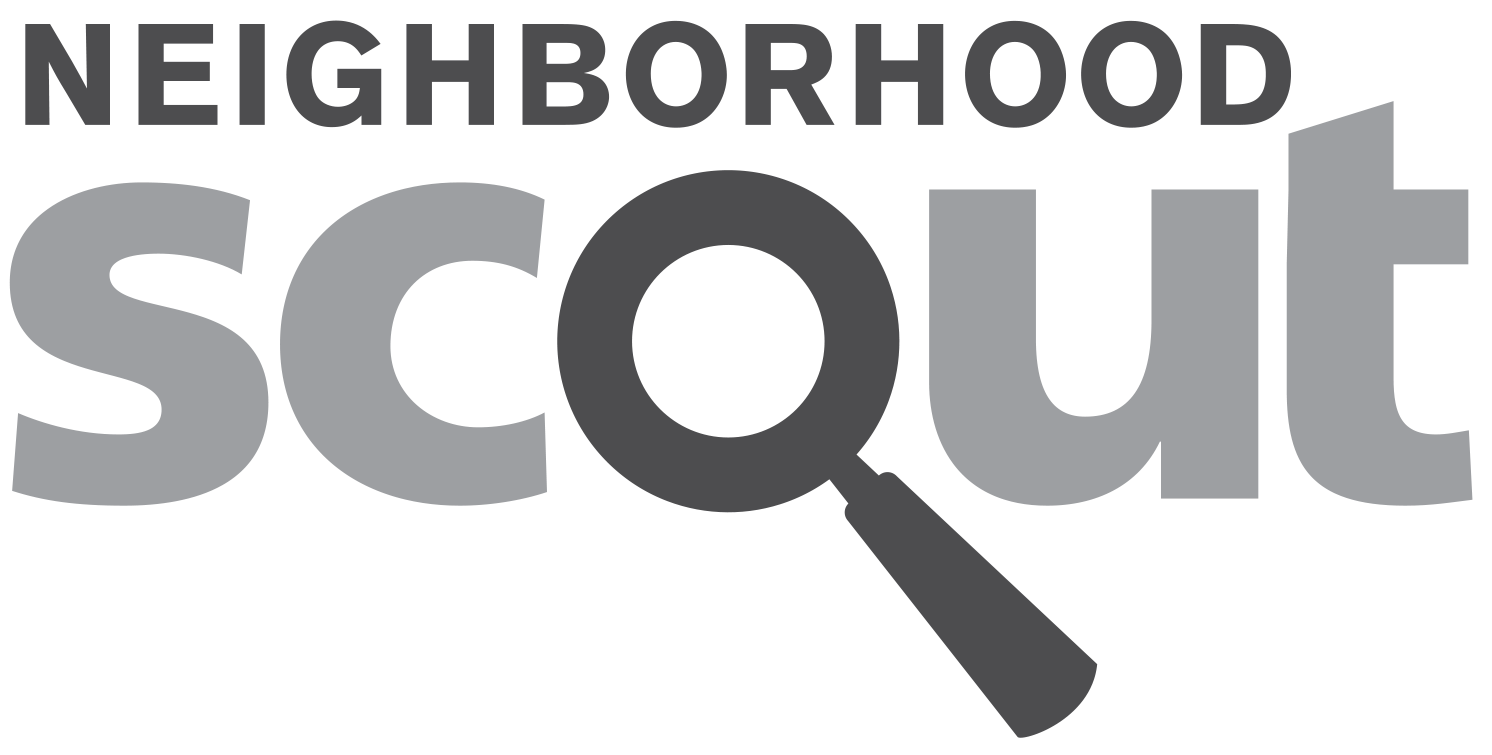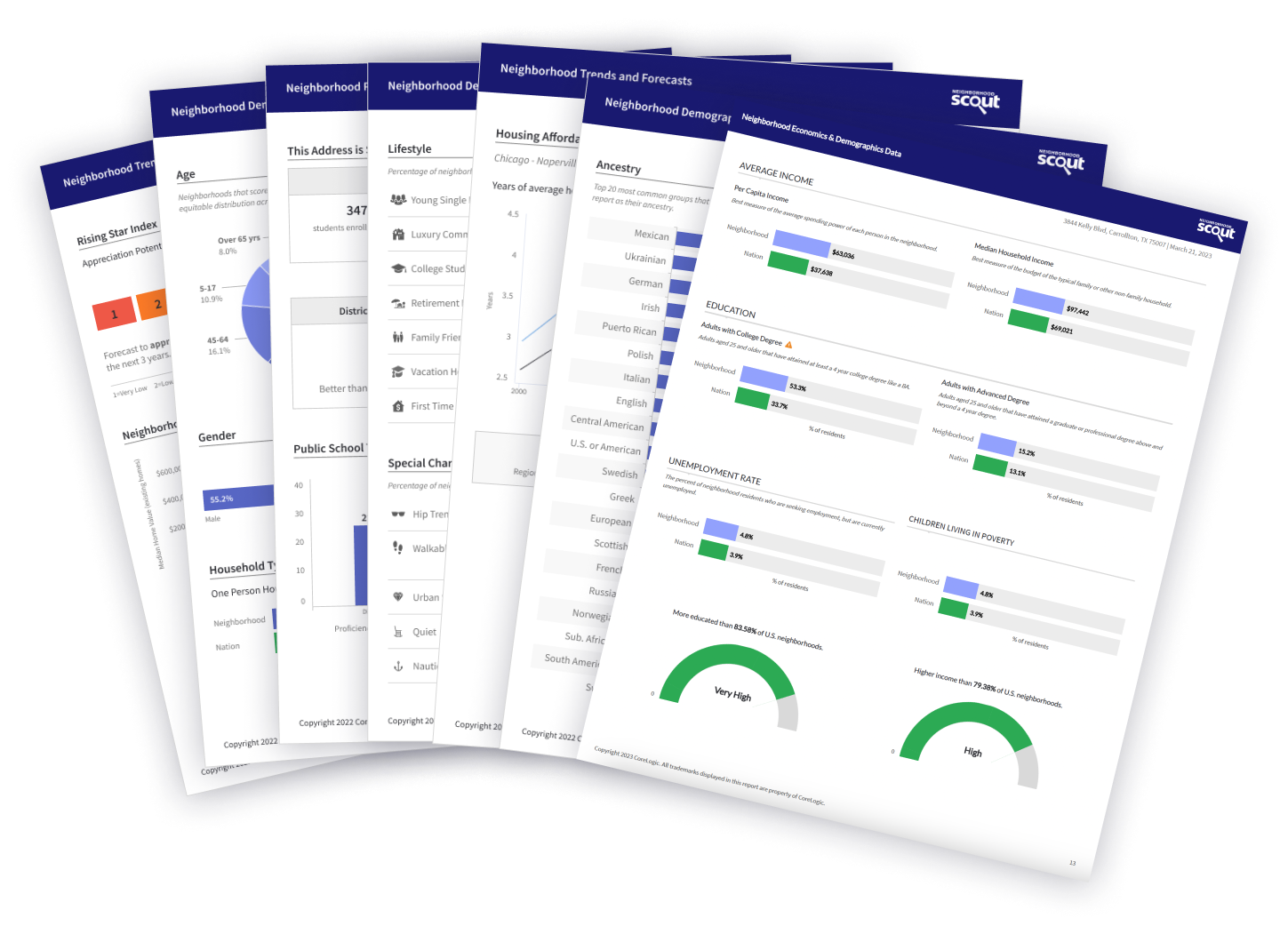Also of interest is that Jensen has more people living here who work in computers and math than 95% of the places in the US.
Because of many things, Jensen is a very good place for families to consider. With an enviable combination of good schools, low crime, college-educated neighbors who tend to support education because of their own experiences, and a high rate of home ownership in predominantly single-family properties, Jensen really has some of the features that families look for when choosing a good community to raise children. Is Jensen perfect? Of course not, and if you like frenetic nightlife, it will be far from your cup of tea. But overall this is a solid community, with many things to recommend it as a family-friendly place to live.
Residents will find that the town is relatively quiet. This is because it is not over-populated, and it has fewer college students, renters, and young children - all of whom can be noisy at times. So, if you're looking for a relatively peaceful place to live, Jensen is worth considering.
One downside of living in Jensen is that it can take a long time to commute to work. In Jensen, the average commute to work is 32.38 minutes, which is quite a bit higher than the national average.
Jensen is a small town, and as is often the case with smaller towns, the population isn't large or dense enough to support much in the way of a public transportation system. In fact, there are many rural roads around Jensen, which makes walking or biking to and from work a bit difficult. This makes for a very car-oriented town: 100.00% of residents commute to work by private automobile, and people often drive out of town for work, shopping, and other activities.
Being a small town, Jensen does not have a public transit system used by locals to get to and from work.

